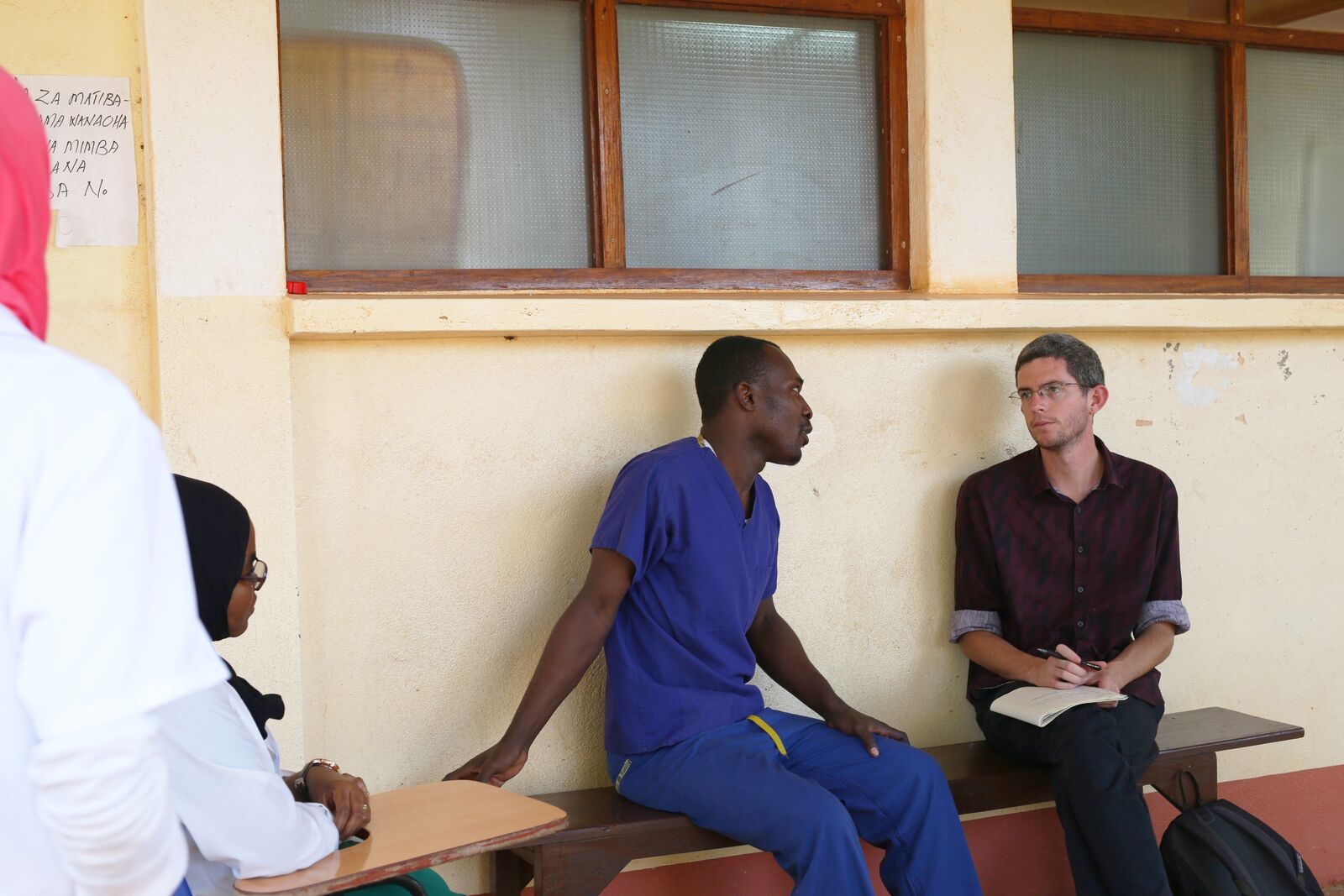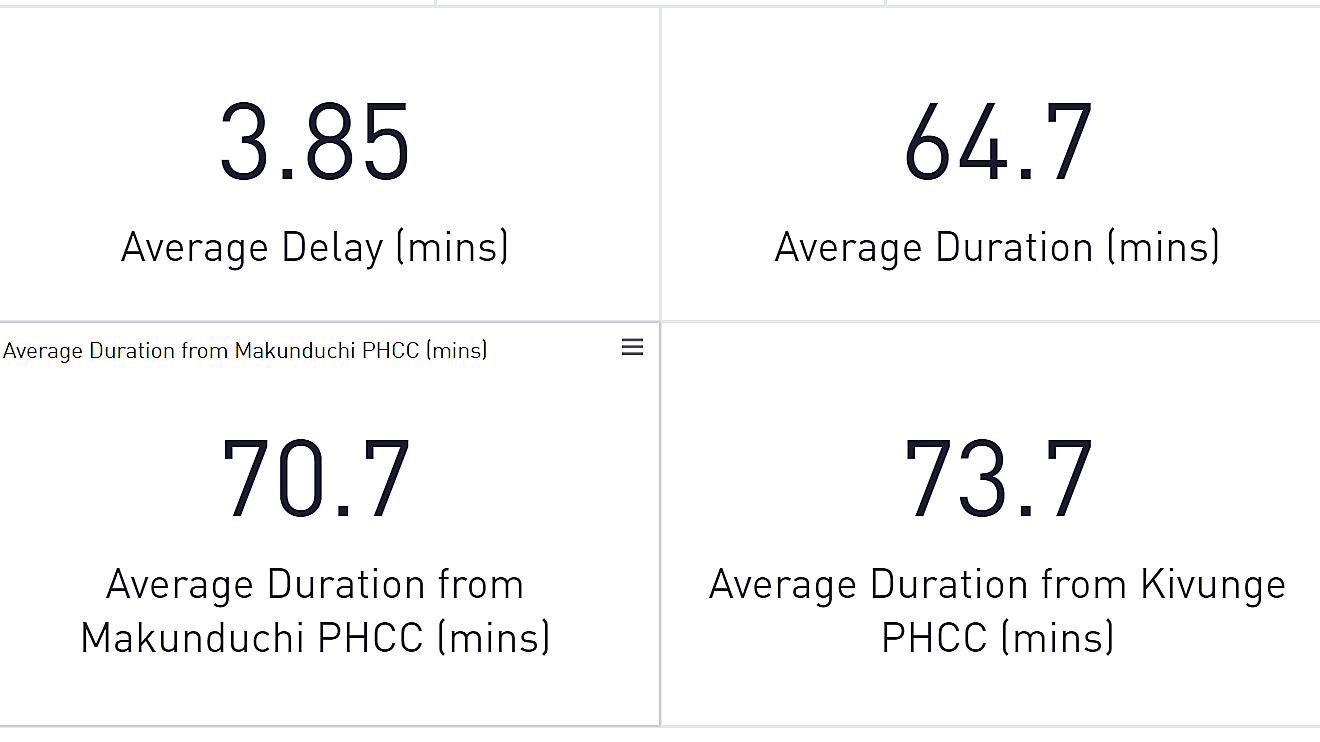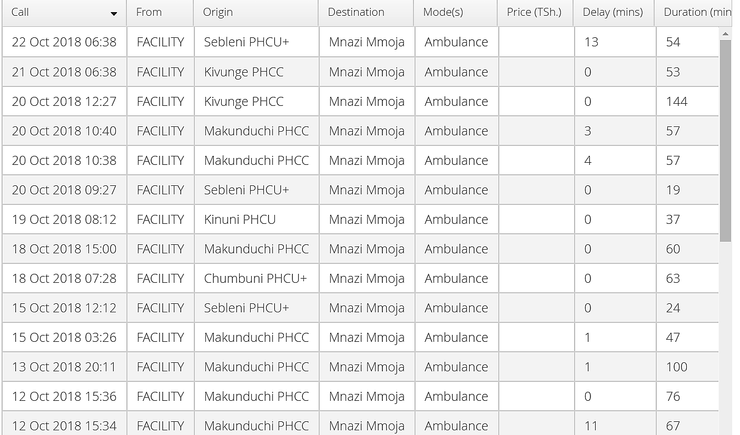The provision and use of emergency transport for emergency referrals is inhibited in many low- and middle-income countries by a range of factors such as lack of funds for ambulances and fuel, difficulties with coordinating transport between facilities, and lack of communication between medical staff at referring and receiving facilities. In order to address these challenges, leaders from the Zanzibar Ministry of Health and Mnazi Mmoja Hospital, the largest hospital in Zanzibar, approached D-tree in 2016 in order to leverage our experience in developing Emergency Referral Systems in mainland Tanzania. Since then, D-tree, Mnazi Mmoja Hospital, and the Ministry of Health have collaborated to design and implement an island-wide, digitally-enabled Emergency Referral System, to systematize the coordination of emergency referrals among healthcare facilities while also providing data for decision making for the leadership of the Ministry and Mnazi Mmoja Hospital.
To better understand the digital system and the coordinated effort between D-tree and the Ministry of Health, let’s consider the story of a recent referral in order to follow the workflows behind the system. This story outlines how, through local ownership and a comprehensive digital system, a digital Emergency Referral System can support:
-
The frontend moment of initial contact with an emergency
-
The provision of emergency transport
-
Backend engagement with system data by Ministry leadership
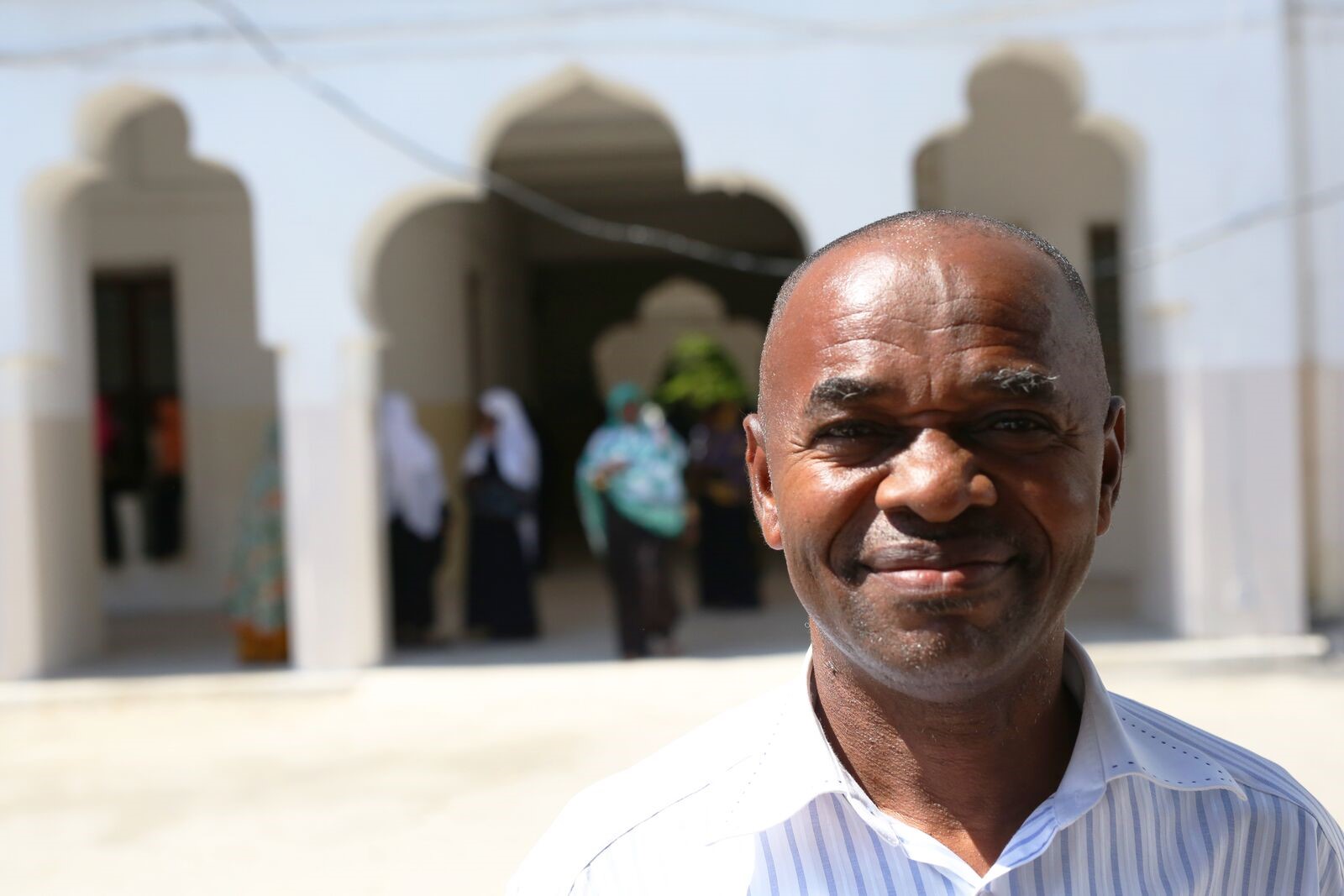
Initial Contact:
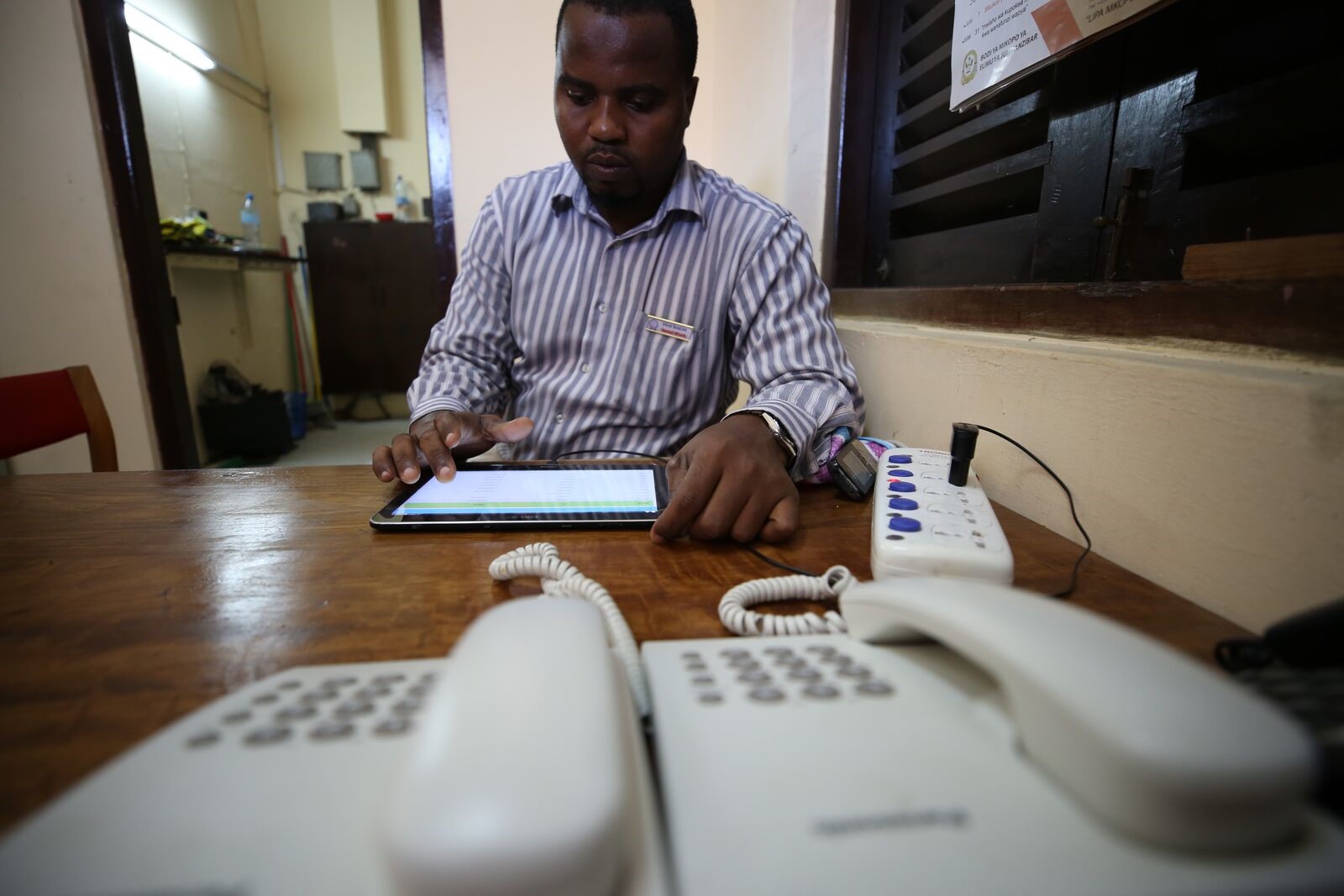
Saida Habib is employed by Mnazi Mmoja Hospital as an Emergency Referral Dispatcher, which means that her job is to field emergency calls and organize ambulance transfers. At 3:26am on October 15, she received the first call of the night shift from a nurse at Makunduchi Cottage Hospital, roughly sixty miles away. Receipt of this call activated Zanzibar’s Emergency Referral System, which covers every health facility on the island in order to triage emergency referrals, deploy emergency transportation, and collect data on emergency referrals for evaluation by Ministry of Health leadership.
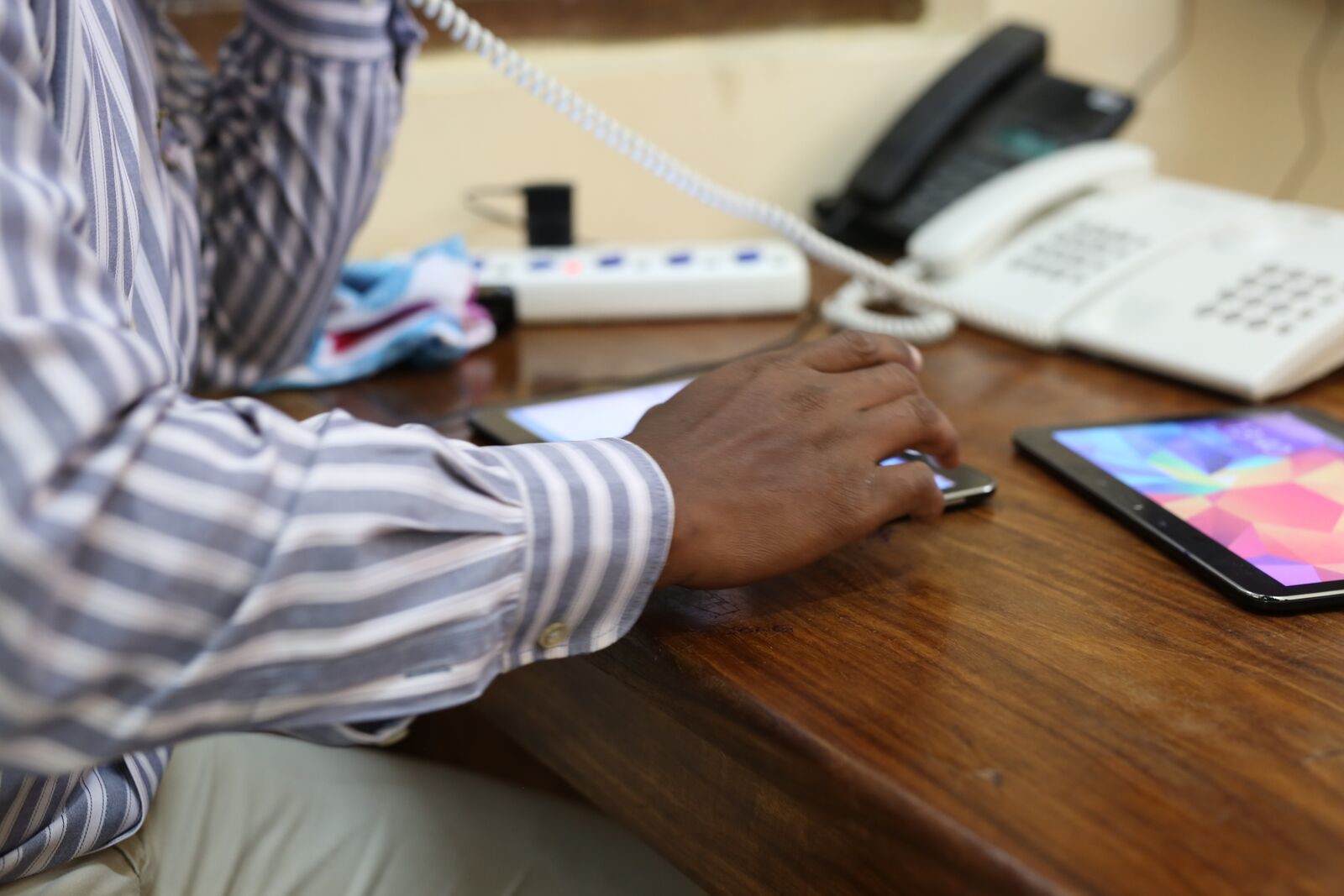
Emergency transport:
She recorded in the app a request for emergency transport from Makunduchi to Mnazi Mmoja Hospital for a maternal emergency of prolonged labor (over 24 hours) and input the name and age of the patient in order to create a personal record of the referral. She then ended the call and used the app to determine the phone number of the ambulance driver on duty at Makunduchi. After contacting the ambulance driver in order to authorize use of emergency transport, she confirmed the referral with the medical staff at Makunduchi, giving them the green light. Finally, Saida called an internal line to the MMH maternity ward in order to inform them to prepare for an emergency case of prolonged labor from Makunduchi that should arrive within one hour.
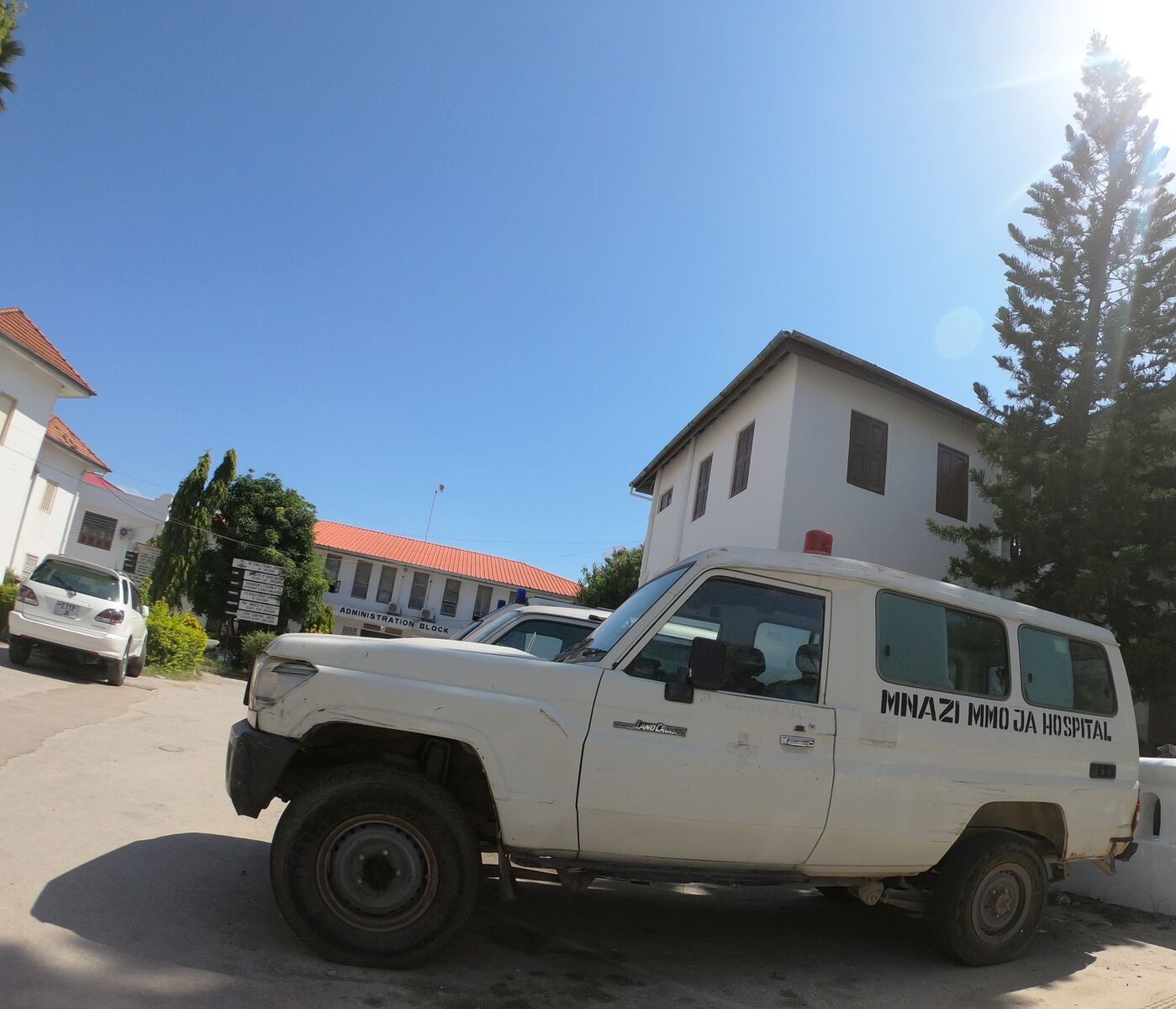
48 minutes later, after having alerted the Mnazi Mmoja Hospital maternity ward about the ongoing referral, Saida confirmed that the patient had arrived safely at the receiving facility. As she closed the referral at 4:14am, the app seamlessly filed data from the referral into a relational database alongside all 402 previous referrals conducted through the Emergency Referral System. That relational database feeds into a data dashboard with custom data analytics.
The smooth coordination of every aspect of the emergency referral process is vitally important to ensure the timely provision of quality care. Zanzibar’s Emergency Referral System is intended to address an extensive range of potential coordination errors between referring facilities, drivers, receiving facilities, and other administrative staff who are responsible for the provision of ambulance petrol and other supplies. Before the Emergency Referral System was implemented, coordination challenges led to multiple barriers to care, such as ambulances without gasoline, a lack of ambulance service at small primary health care units that often needed to refer patients, and no advance notice to receiving facilities about incoming emergencies. There is an incredible amount of work that goes into facilitating a single successful emergency referral. The Emergency Referral System makes the process simple and predictable.
In the seven months since its inception:
-
The Emergency Referral System has facilitated 485 referrals from 33 facilities
-
90% of referrals resulted in the deployment of an ambulance
-
the average duration of all referrals decreased from 135 minutes to 65 minutes
-
62% of referrals were for maternal or neonatal emergencies, such as labor [37%], pregnancy [11%] emergencies, postpartum [7.6%], and neonatal [6.4%]
-
non-maternal emergencies [38% of the total] included referrals for fractured bones, high fevers, seizures , severe dehydration, and severe external bleeding
-
70% of all referrals originated at Zanzibar’s two mid-level facilities, and the remainder originated at lower level facilities
Engagement with System Data:
The Emergency Referral System dashboards display emergency referral data collected by the system. The dashboard is continuously improved by D-tree International in order to meet the evolving needs and interests of Mnazi Mmoja Hospital and Ministry of Health leadership. Recently, Mnazi Mmoja leadership and the Integrated Reproductive Child Health unit at the Ministry worked with D-tree to develop a dashboard feature to track average duration of emergency referrals from two specific facilities which together account for the majority of outgoing referrals.
Previously, the dashboards had displayed specific durations for every individual referral across all facilities in order to identify discrete instances of emergency delays; alongside these was a value for the average duration of all referrals to and from all health facilities on the island. These remain in place because they are integral to the Ministry’s ongoing analysis of the system, but alongside them are now values for the average duration of emergency referrals from the two most referral-heavy facilities. By focusing on the two highest-referring facilities, this dashboard configuration improves the Ministry’s knowledge about the quality of services that affect the majority of patients across the island. We were able to use this new dashboard feature to identify that one of the facilities contributed disproportionately to transport delays during emergency referrals, which we are currently investigating and hope to support the Ministry of Health to resolve in the future.
Image 1: The ERS Dashboard contains analytics that summarize patient emergency conditions that were coordinated through the emergency referral system.
Image 2: Data on dashboards which record average delay for confirming transport, average duration of all referrals, and average duration of referrals from Makunduchi and Kivunge Hospitals.
Image 3: The ERS Dashboard displays a table with detailed information about each referral (identifying information has been removed).
The dashboards excite people, elicit feedback, generate ideas, and raise awareness about the system in order to facilitate deeper integration into what health facility staff do every day. By using data to represent the system in a compelling manner and actively engaging our partners, the dashboards spark dialogue between doctors, nurses, and administrators. We then build on those conversations in order to bring the functionality of the system into closer alignment with the expressed needs and views of our partners.
In the coming months, D-tree will work to scale up the Emergency Referral System to Pemba island in the Zanzibar archipelago. Meanwhile, we will work to support and build the capacity of the Ministry of Health to run the system, engage in continuous quality improvement, and troubleshoot its technical aspects. We envision completing this project in 2019, leaving behind a fully functioning Emergency Referral System, owned 100% by the Ministry of Health, and which fields over 100 referrals a month across the entirety of Zanzibar.
